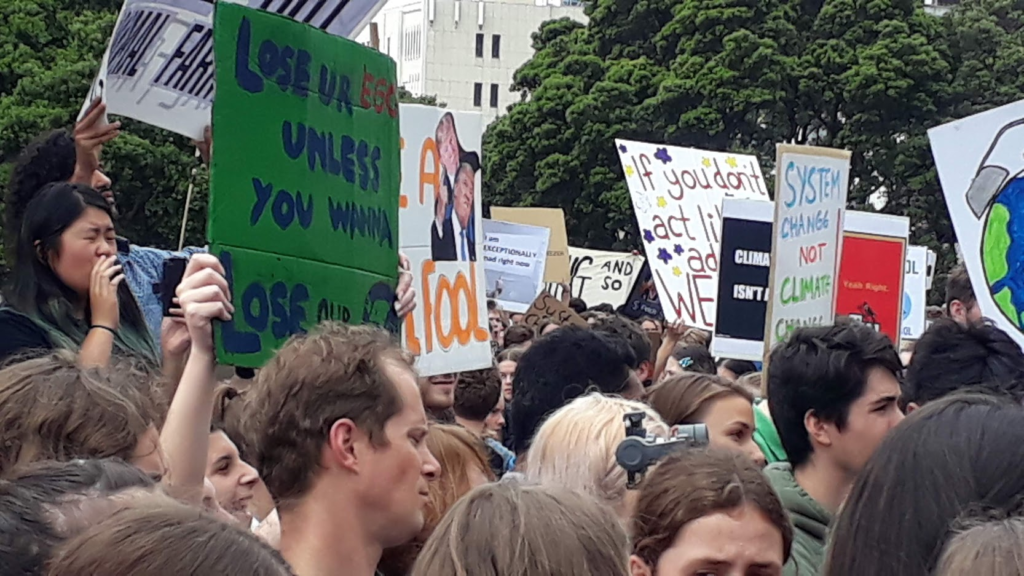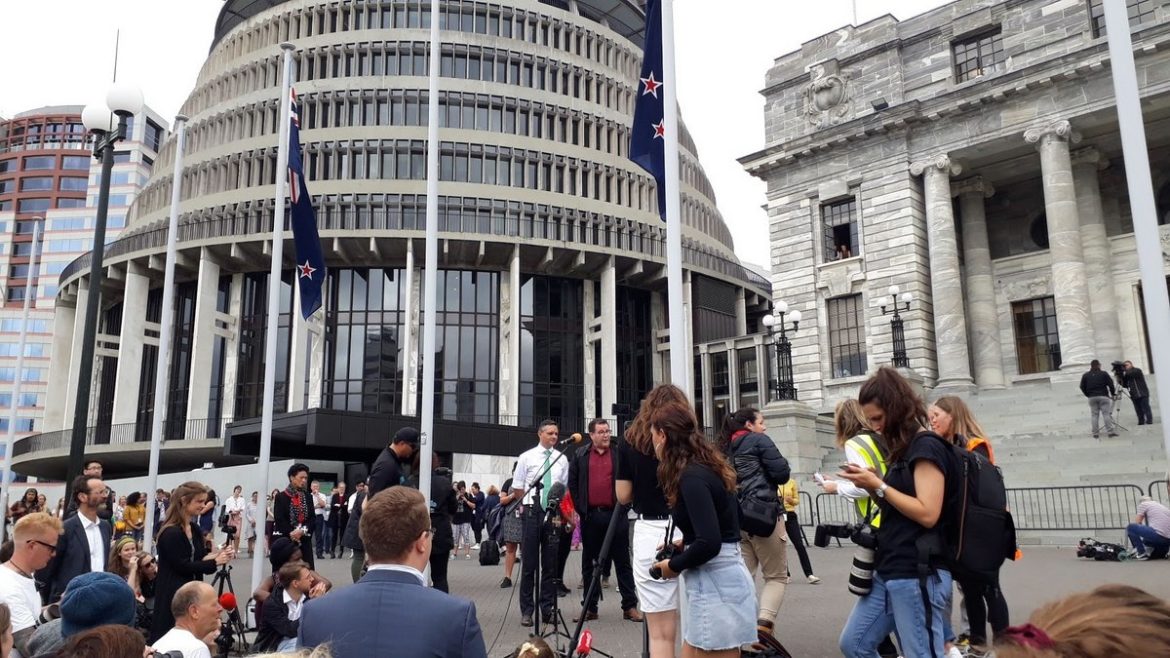50 years ago tomorrow, on 22 April 1970, a massive protest in USA against pollution and other destructive impacts of humanity heralded the first “Earth Day” and helped spawn the modern environmental movement. Earth Day is now an annual UN-recognised global day of alert about the on-going chronic crisis that threatens not just our immediate health and economy (as with the current acute COVID-19 crisis) but our very home – ie, this planet, its habitats, and its inhabitants that together enable our survival. Appropriately, the theme for the 50th Anniversary of Earth Day is “Climate Action”.
Will Earth Day 2020 simply pass by as a well-meaning reminder of something we can deal with later? It’s so easy for an acute crisis to derail and postpone response to a much more damaging chronic issue. I’m reminded of the irony on 15 March 2019 when personally protesting with youth on the steps of Parliament for Climate Action – that the message became swamped that same day by breaking news of an acute crisis, the horrific loss of life at two Christchurch mosques.
Many have recognised the unexpected environmental improvements of reduced air pollution and greenhouse gas emissions during our current global response to COVID-19. How can we learn and rebuild our societies in ways to minimise environmental damage? How do we personally respond to the message of Earth Day?
There’s been several insightful local commentaries on how societies could respond positively after the pandemic crisis to address humanity’s longer term chronic needs – such as the Newsroom proposal by Janet Stephenson to focus on seven whetū (stars) including “Restoring the vitality of natural systems”. Earlier, Andrea Byrom argued proactively that effective climate action necessarily involves response to our biodiversity crisis.
Here at Manaaki Whenua, I’m part of a team and research portfolio that helps Aotearoa New Zealand to understand, value, and to protect our unique biodiversity – much of which is yet to be recorded. We also help the economy to minimise damage to our primary industries from invasive pests, weeds, and pathogens.
So for Earth Day’s call for climate action, a suggested response at the individual or family level while in lockdown is to value and better understand our biodiversity. for example, local activities could include:
- exploring and recording biodiversity in your own backyard or nearby park via iNaturalist – where surprisingly the most recorded organism among almost 20,000 observations during lockdown has been a (poisonous) mushroom!
- involving your children in online activities such as the Young Scientists website and at NZ Curriculum Online
- watching the TVNZ show that explains how Manaaki Whenua staff Corrine Watts, Robert Hoare, and Darren Ward discover and name new species – with names inspired by the escape artist Houdini and by the hobbits of Lord of the Rings fame
This is just a sampling of ideas that could be considered for tomorrow’s Earth Day, and beyond. Earth Day is a chance to pause and consider the bigger picture, and the chronic crisis that requires our enduring Climate Action response.

“Peter is a fungal scientist (mycologist) with Manaaki Whenua – Landcare Research in Auckland. His main role is as science team leader for colleagues who research systematics of fungi, bacteria, plants, and invertebrates; the team also manages five national collections of these biota, including the NZ Fungarium of dried fungal specimens and ICMP culture collection of living fungal strains.
His research on fungi addresses taxonomy and applied uses of wood decay species, and fungal conservation. He is also keen to promote awareness and education about fungi, co-establishing the annual NZ Fungal Forays in 1986 and, for more general biodiversity awareness, urban BioBlitz from 2004.
In addition to assisting DOC with advice on threatened fungi, Peter is active with the Global Fungal Red List Initiative to assemble data on NZ’s threatened fungi for IUCN Red Listing. By late 2019, 30 NZ species were accepted by IUCN for Red Listing, among 285 fungal species globally (cf. 40,000 plants and 75,000 animals). He is a member of the IUCN SSC Fungi Specialist Group.”

